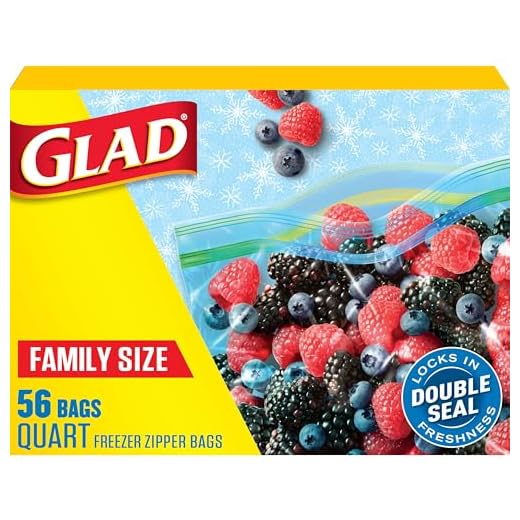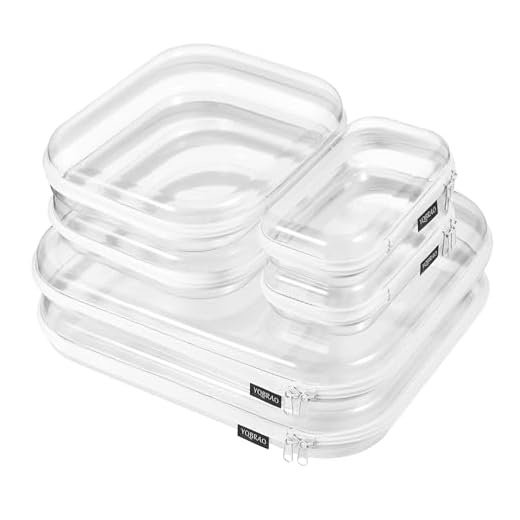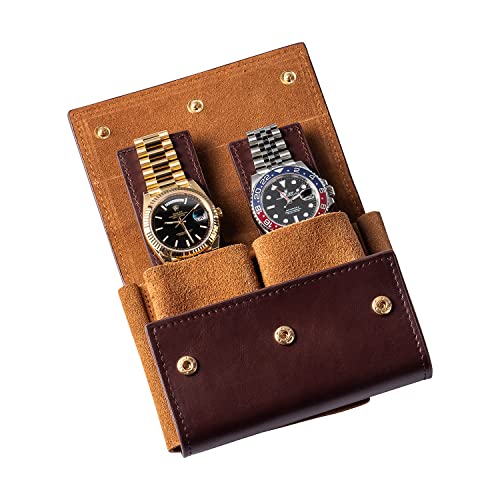




The maximum volume permitted for each container of beverages, gels, or similar substances is limited to 3.4 ounces (100 milliliters). All containers must fit within a single, transparent, quart-sized bag, which can be easily inspected by airport security personnel.
This rule applies to both domestic and international flights departing from U.S. airports. It is important to ensure that the zip-top bag is closed securely, as items that exceed the size restrictions will be confiscated at security checkpoints.
Exceptions to these guidelines include baby formula, medications, and any special dietary requirements, which can be transported outside the quart-size bag if necessary. These items may be subject to further inspection, so it’s advisable to declare them at the security checkpoint.
Regulations for Fluids in Carry-On Bags
The maximum volume for each container is 3.4 ounces (100 milliliters). All containers must fit within a single quart-sized clear plastic zip closure bag. Each passenger is restricted to one such bag.
Be mindful that some items fall outside these provisions. Essential medication, baby formula, and breast milk are permitted in amounts exceeding 3.4 ounces but are subject to additional screening. Always declare these items to security personnel.
For those traveling to or within different destinations, consider the best luggage for china travel for optimal organization of your essentials.
| Item Type | Allowed Volume |
|---|---|
| Containers | Up to 3.4 ounces (100 ml) |
| Quart-sized bag | One bag per passenger |
| Medications | Over 3.4 ounces with declaration |
| Baby formula | Over 3.4 ounces with declaration |
| Breast milk | Over 3.4 ounces with declaration |
Ensure compliance with these guidelines to avoid delays at checkpoints and facilitate a smoother travel experience.
Understanding the 3-1-1 Rule for Fluids
The 3-1-1 rule mandates that each traveler can carry containers holding a maximum of 3.4 ounces (100 milliliters) of any fluid. Each individual must place these containers inside a single, clear, quart-sized plastic bag. Only one such bag is permitted per person.
Containers exceeding the specified volume must be packed in checked baggage, as security will not permit them through screening. To simplify the process, ensure that your quart-sized bag can be easily accessed, as security personnel may request it during the screening procedure.
Reusable bags are acceptable, provided they meet size guidelines. Ensure your items are properly labeled and organized for quick retrieval. Special attention should be given to common items, such as lotions, gels, and mouthwash, all of which must comply with this rule.
Medical necessities and baby products often have different requirements, so keep necessary documentation on hand to facilitate the screening process, if needed. Always verify the latest regulations on the agency’s website before traveling to avoid complications at security checks.
Exceptions to the Liquid Restrictions
Medical necessities are exempt from standard volume regulations. Passengers should provide confirmation from a healthcare provider if required. Items like insulin or nebulizers are permitted without size limitations. Passengers must declare these items at security checks.
Infant food and formula are prioritized; quantities must cater to the duration of the journey. You may bring these items in larger volumes, but are required to inform security personnel upon arrival.
Duty-free purchases are also exempt, provided the items remain sealed in special transparent packaging. Retain receipts to facilitate easy verification.
Specialty Items
Certain sports equipment like large containers of water or hydration systems may be permitted if they are integral to your athletic activity. Prior approval from the airline is recommended.
Culinary Needs
Passengers may carry solid foods such as sandwiches, pastries, or snacks without restriction, enhancing travel comfort. For those interested in unique items, consider the best reverse open umbrella for versatile weather protection.
Properly Packing Liquids in Carry-On
Use clear, resealable bags for easy inspection. Choose bags that are quart-sized and sturdy to withstand travel conditions.
- Select containers no larger than 3.4 ounces (100 milliliters).
- Ensure all caps are tightly secured to prevent spills.
- Combine similar items to minimize space usage.
Arrange your items following this order:
- Place all containers in the designated bag.
- Ensure the bag is easy to reach for security checks.
- Securely pack your additional belongings around the bag to provide extra protection.
If traveling internationally, check for any stricter guidelines regarding these personal items.
Review acceptable items carefully. Familiarize yourself with rules specific to your airlines, as they may vary.
Label containers clearly when necessary, especially for medications to avoid delays at security screening.
Identifying Approved Liquid Containers
Containers must adhere to a maximum volume of 3.4 ounces (100 milliliters) per item. Each vessel should fit comfortably within a quart-sized (approximately one liter) clear, resealable plastic bag. This bag is limited to one per traveler. Consider materials that are transparent to facilitate security checks.
Check the integrity of the container. It should be tightly sealed to prevent leaks. Damage to the packaging may lead to confiscation. Be certain that all contents are identifiable. Unlabeled items may raise concerns during screening processes.
Common approved containers include travel-sized toiletries, medications, and certain beverages. Verify the regulations for specialty items. Some personal care products may not comply if they exceed the specified volume limits, even if packaged differently.
Travelers must perform due diligence regarding their items. Always confirm the specific guidelines of the airport and airline prior to travel. Adhering to these stipulations will help ensure a smooth passage through security checkpoints.
Common Mistakes to Avoid with Liquid Packing
Choose the right container size. Ensure that no individual vessel exceeds 3.4 ounces. This mistake can lead to confiscation at security checkpoints.
- Ignore the total volume. All containers must fit within a single quart-sized bag. Don’t try to fit extra items by overstuffing.
- Neglect the bag’s closure. Ensure the quart-sized pouch zips closed for smoother security checks.
- Leave out labels. If you’re unsure about a product, keep its original packaging to verify contents.
Knowing Restricted Items
Assume all substances are permissible. Check lists of barred items; certain gels or pastes may not be approved.
- Pack prohibited items, such as beverages over the specified limit. Research regulations ahead of time.
- Fail to separate items. Keep your quart-sized bag easily accessible for a quick security screening.
For culinary enthusiasts, be aware of certain ingredients. For example, when traveling with condiments, avoid confusion over alternatives. For guidance on substitutions, refer to can i substitute balsamic vinegar for red wine vinegar.
By ensuring compliance with these tips, you can expedite your travel process considerably.
Tips for Traveling with Medications and Special Needs
Carry a current prescription or a doctor’s note for medications, especially if they are in original packaging. This helps in case further verification is needed at security checkpoints.
Use clear, sealable bags for all medicinal items, ensuring they are easily accessible during screening. Group them separately from other belongings to expedite the process.
Keep your medications in their original labeled containers to avoid confusion or concerns from security personnel. This applies to both prescription drugs and over-the-counter options.
If you have any specific requirements, such as dietary restrictions or mobility aids, inform the airline at least 48 hours before departure to facilitate necessary arrangements.
Storing Medications
Maintain medication at required temperatures. Use insulated bags for temperature-sensitive items. Always check the airline’s policies on temperature control protocols.
For those with particular health needs, consider traveling with a companion who can assist if necessary. Ensure they know how to manage emergency medical situations.
Emergency Preparedness
Before travel, familiarize yourself with local health resources at your destination. Keep a list of nearby pharmacies and medical facilities readily accessible.
Pack extra supplies in case of unforeseen delays. Include an ample quantity of medications and essential health aids, allowing for a buffer period beyond your planned trip.







